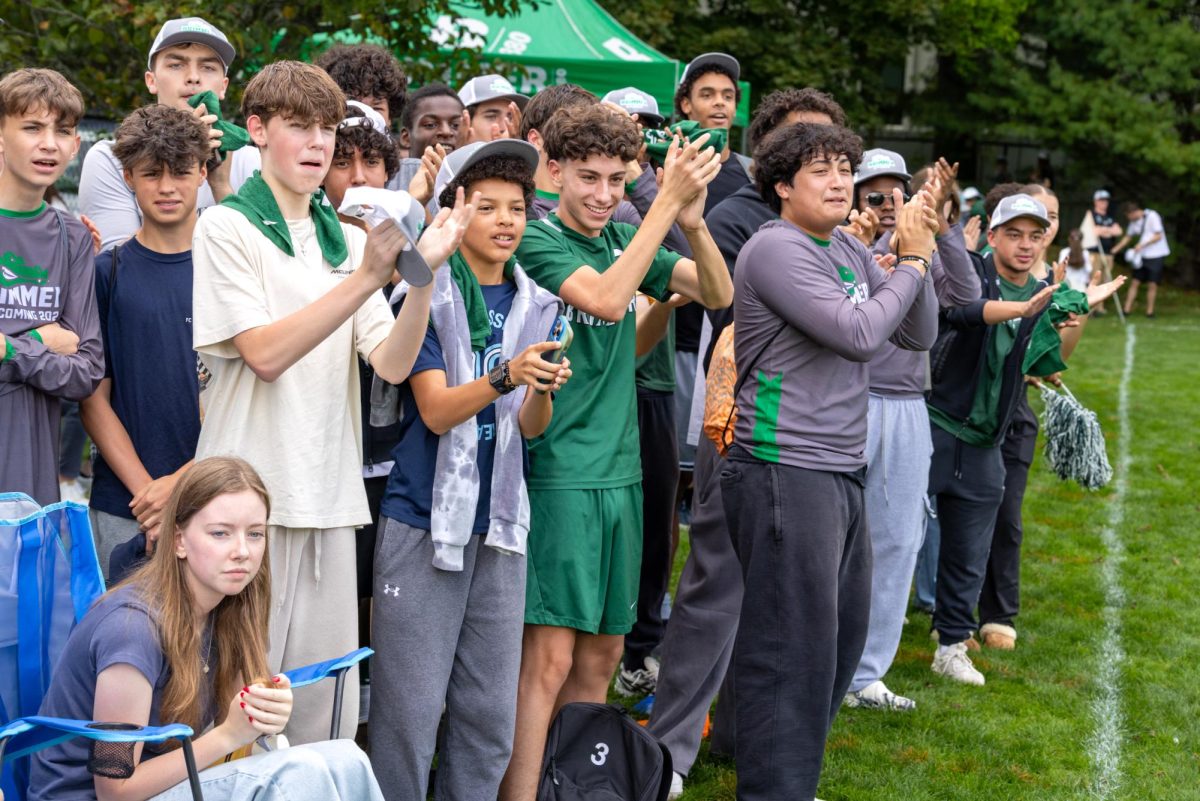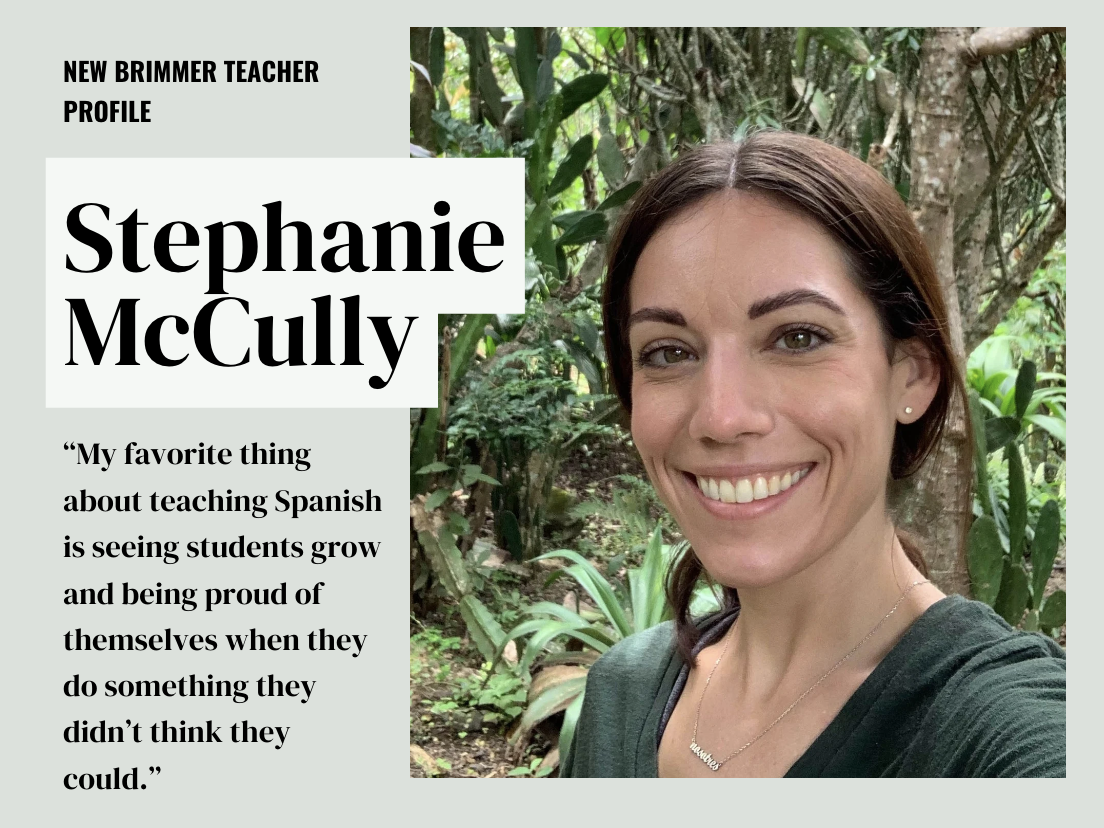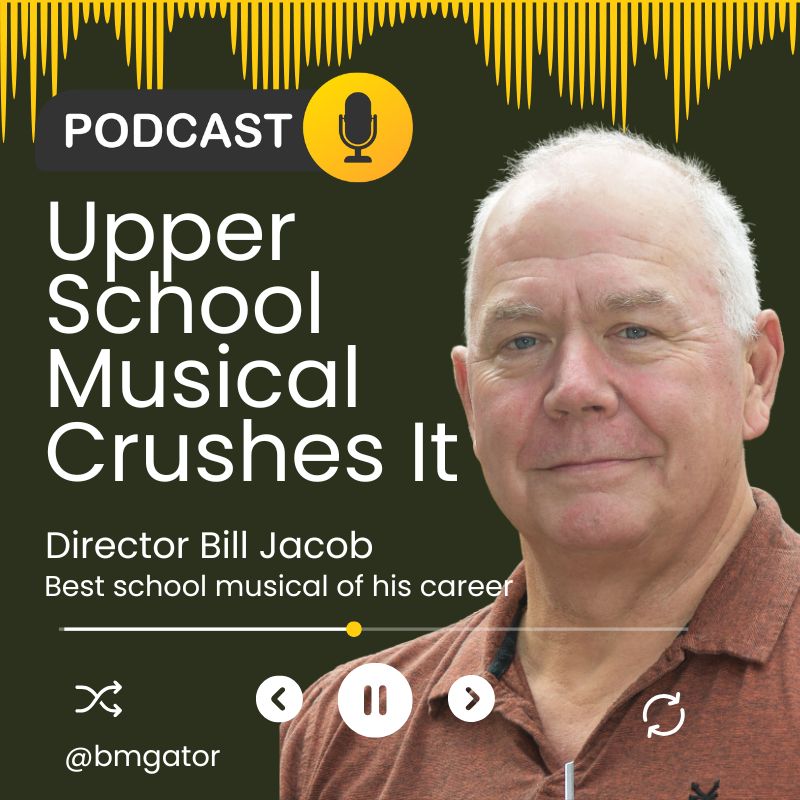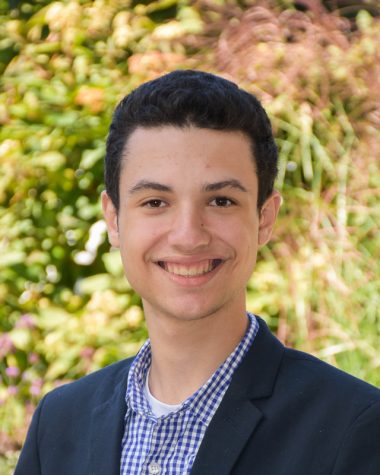The School implemented its first major modification to the daily class schedule in 20 years this fall, aiming to establish consistent class meeting times and foster meaningful community bonding.
Spearheaded by the Scheduling Task Force, several notable changes have been implemented, including a delayed start time of 8:00 a.m., the rescheduling of community meetings to the afternoon instead of the morning, and the standardization of core class periods to uniform 50-minute blocks.
“This is just structuring the day a little bit differently,” Dean of Students Paul Murray said.
Assistant Head of School Carl Vallely noted the extensive work involved in creating the new schedule.
“The process to change the schedule took nearly two years, and it took several different iterations,” Vallely said. “The schedule that debuted this year is the result of this process. It’s challenging to develop a new schedule for a 6th-12th grade community within a Pre-K-to-12th grade community. There are so many different aspects we have to consider.”
According to Murray, the scheduling process largely revolved around lunch periods.
“The dining staff have about two hours to feed the entire campus and we need to work around those lunch periods,” Murray said.
School start and end times
Upper School Humanities Teacher Bradley Starr values the additional preparation time incorporated into the schedule, afforded by the day beginning ten minutes later.
“I like it a lot. I like, as a teacher having the day start at 8 a.m. instead of 7:50 a.m.,” Starr said. “I find [it] very helpful to give me more time to prep when I get to school, especially if traffic is bad. That way, if I get to school at 7:40 a.m., I have 20 minutes instead of ten, which makes a big difference.”
The School examined schedules that would delay the start time, according to Murray
“This is honoring the fact that coming out of the pandemic, everyone loved those late starts,” Murray said. “We wanted to start it later, but that’s a really hard thing to do. We really can’t start much later than 8:00 a.m. We looked at a lot of different models without losing too much time.”
Furthermore, Murray believes that pushing back the start time will aid student’s attentiveness in community meetings.
“No one is at their best at 7:50 a.m. to be listening to announcements,” Murray said.
School Nurse Beth Escobar agrees that late starts are advantageous for students.
“With regard to middle and upper school, I think that for a lot of students the clock is different and your body needs to stay up later,” Escobar said in a previous article for The Gator. “When you wake up in the morning too early, you practically sleep through the first class and that is not good.”
Community blocks
Another adjustment to the schedule relates to community blocks. Previously, the Upper School gathered twice a week in the theater at 7:50 a.m.
However, the Scheduling Task Force noted a dip in attendance during these sessions, leading to a rescheduling before lunch.
“We also wanted to add in more flexible time and time for students and faculty to breath during the day,” Upper School Head Joshua Neudel said. The 20-minute blocks give us the flexibility to meet, but also can provide some additional time for people in the community to reset during the day which can help them be more focused for classes.”
Now, the Upper School assembles midday on Mondays for a meeting, Wednesdays for advisory, and Fridays for a novel community block.
“I wasn’t always able to make morning meeting, which meant I wasn’t always able to get the scoop of what was going on throughout the day,” Huck Jennings ’25 said. “Having that now in the middle of the day helps me get there every time.”
Upper School Math Teacher, Pete Slaski, perceives an additional advantage in scheduling advisory periods in the middle of the day instead of the morning.
“I really like the day starting off in class at 8 a.m. and having the advisory in the middle of the day,” Slaski said. “It’s easier to see the kids, and I think our meetings are more productive than they were at 7:50 a.m.,” Slaski said.
Moreover, Vallely said that the changes in community time benefit the Middle School.
“We love having the community times later in the day,” Vallely said. “First overall, there’s more time; it’s 20 minutes versus ten minutes. It’s not happening first thing where you have students coming in late. Everyone is here for these community block times and it’s already had a positive effect on the climate and culture of the Middle School…”
During Middle School community blocks, Vallely shared that recent activities included field trips and games of kickball, but could also expand to work periods where students and teachers can touch base.
Consistent class meeting periods
An additional adjustment to the schedule is the institution of consistent 50-minute blocks for core classes. Murray attributed the change to feedback received from teachers.
“That came from feedback from the teachers about what would work best for them,” Murray said.
Nonetheless, students should not notice a difference in time each class meets weekly.
“Still the same amount of instructional minutes, 200 minutes,” Murray said. “Nothing is changing there,”
Several students mentioned the length of classes being more manageable at 50 minutes.
“I think the new schedule is great. I like how they made most of the classes 50 minutes,” Adi Houndegla ’26 said. “Having a lot of 70-minute classes really drags out your attention span,”
Ryan Hurst ’25 agreed with Houndegla.
“And I enjoy it because I think classes go by faster,” Hurst said. “Fifty-minutes doesn’t feel like a crazy long time,”
Upper School Science Teacher Zöe Stublarec was initially skeptical of the new schedule, since her lessons were detailed around the old schedule; however, she now sees the new schedule as a useful adjustment.
“I personally feel like I have a little bit more time to plan, which is something the old schedule, I just found a little bit more difficult,” Stublarec said.
Stublarec also noted the “draining sensation” after a 70-minute class period last year, something teachers will not face with the new schedule.
“If I had a 70-minute block, even in terms of my mental battery, if I had to lead a class for 70-minutes and then I had a free, it was almost worthless because I was so tired from being on for 70 minutes,” Stublarec said.
Starr also enjoys the uniform blocks.
“It’s less pressure if you have a 70-minute block that’s first thing in the morning,” Starr said.
Vallely mentioned that overall, the consistent schedule has impacted the Middle School positively so far.
“It is very consistent and I think that consistency is really good for middle schoolers,” Vallely said.
The only exception to the 50-minute blocks is Tuesday and Thursday elective blocks, which will feature a 70-minute block instead.
“We had to get a little creative with the elective blocks,” Murray said. “That would have been a significant change in the schedule. We would have been going from 170 minutes of instructional time in the arts and technology classes all the way down to 150-minutes.”
“So we had to pull out some schedule trickery to make that happen.”
No long core class meeting periods
A few teachers, however, said they wish they had 70-minutes to delve deeper into topics or give ample time for tests and essays.
Iuliano explained that while he believes the 50-minute blocks are better than the short 40-minute block, the 70-minute blocks were optimal.
“I did like the big 70-minute blocks because then I could really dig into a topic,” Iuliano said.
Upper School English Teacher Kenley Smith agrees with Iuliano, expressing her preference for uniform blocks, although she believes 70-minute blocks were more conducive for larger assignments.
“I do miss having the 70-minute blocks,” Smith said. “They were very helpful for discussions, in-class essays, and things like that.”
Stephanie Altschul ’25 cited her concerns that the new schedule will not allow enough time for science labs and assessments.
“I feel like the new schedule doesn’t allow for a lot of classes to get the time they need, like science classes not having 70-minute blocks to do lab work,” Altschul said. “It’s really difficult to fit a bunch of different structures of classes into 50-minute periods.”
Even though Stublarec acknowledges the increased difficulty posed by the absence of 70-minute lab sessions, she recognizes that the adjusted schedules encourage students to develop efficiency in their work.
“I think that efficiency a life skill students have to learn,” Stublarec said. “When you have a job that needs to be done, you have to put aside the outside distractions and you have to get it done. There is always time after or before to chat and have fun, but during the block, it’s ‘go time.'”

























































